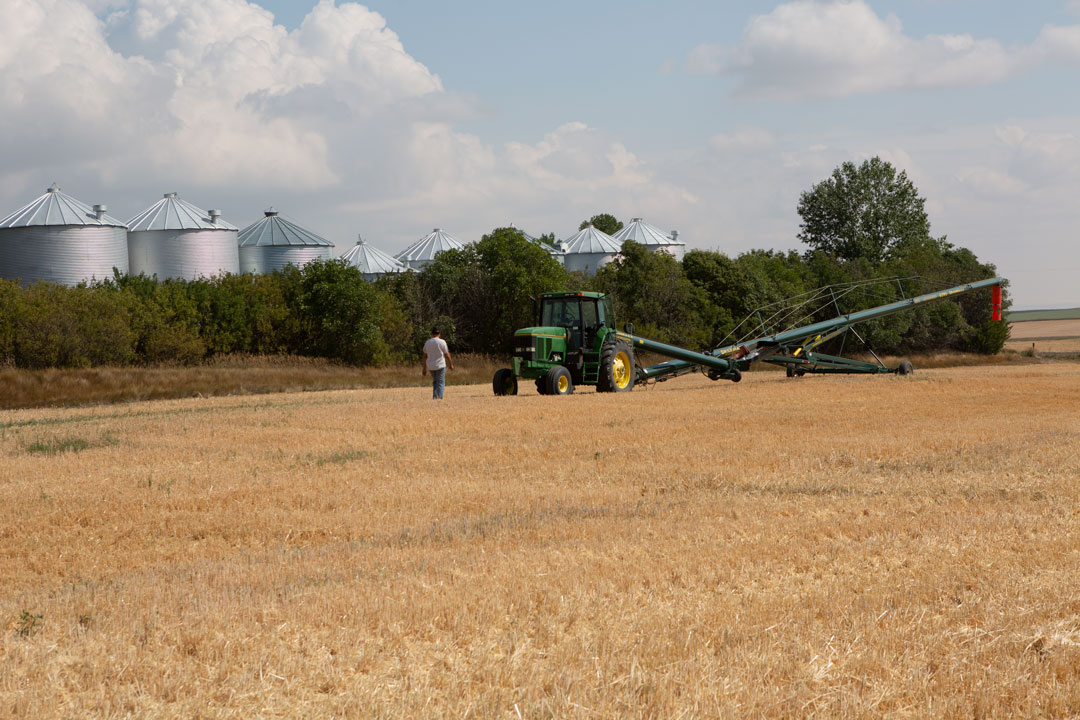CRINGE-WORTHY BUSINESS IMPEDIMENTS
BY NEIL TOWNSEND
Canadian agriculture is dependent on trade. The productive capacity of the Prairies is many times that of the domestic market within Manitoba, Saskatchewan or Alberta and market access is a huge issue. Federal and provincial governments as well as various grower and industry groups continuously push for Canada’s fair treatment in global trade. The hardship necessary to secure transparent and reliable offshore market access has been a continual frustration even in the post-World Trade Organization era. A common lament is there is not enough domestic industry and the various levels of government should do more to promote investment to create opportunities. Herein lies the irony that free trade and market access do not exist within Canada.
There are multiple barriers to free interprovincial trade. For the most part, they are non-tariff trade barriers. These are somewhat harder to overcome because they are not entirely visible. If we define trade impediments as real if they create inefficiency and reduce well-being, then the limitations to free interprovincial trade are very real. Interprovincial Trade Barriers in Canada, a recently released report by The Simpson Centre at the University of Calgary’s School of Public Policy, noted interprovincial trade limits cost the Canadian economy an estimated $92 billion per year. Recapture of even a portion of this would enhance opportunity and create real economic growth.
Those who value efficiency, growth and the benefits of free markets say the answer is obvious: end interprovincial barriers and better days are here again. Unfortunately, the solution is murky at best and impossible at worst. Over recent decades, restrictive and protective policies have shaped the way business is done. There is a myriad of rules and regulations that limit access.
Products have been directed toward export transit points, and investment has poured into export facilities and the network that supports international outflows. It is difficult to imagine any effort to voluntarily diminish this system. They are called “vested interests” for a reason. Even politics comes into play. One area where the federal government scores points is in its strong advocacy for international market access. There is no branch of the federal government that argues for a removal of interprovincial trade barriers.
Moreover, interprovincial trade barriers constitute an indiscernible collection of externalities. An externality is something that exists counter to a free market. Provincial borders are an obvious example, but there are countless more that exist within Canada. Language requirements, sales taxes, technical and regulatory requirements and differences in trucking regulations are just a few that clutter the landscape. The law of externalities is that the removal of anything less than all of them may not improve the situation. It is impossible to predict what will happen within a system full of externalities when any one is removed.
Thus, to reimagine the Canadian system is to demand provinces start from scratch—to propose a new and more selfless federalism; a federalism where the sum is more important than the whole. The likelihood such a movement will take hold is slim to none. Instead, the interprovincial trade barriers will persist and continue to frustrate. Every few years academics will write another paper about the inefficiency of it all and nothing will change.
Neil Townsend is chief market analyst with FarmLink Marketing Solutions.







Comments